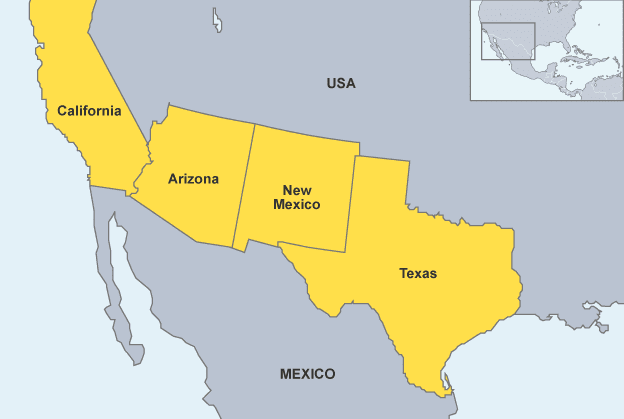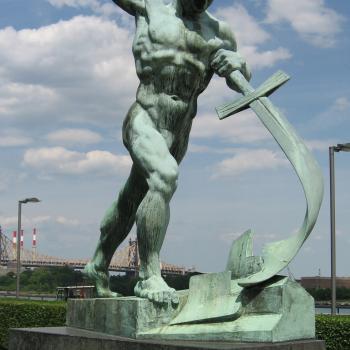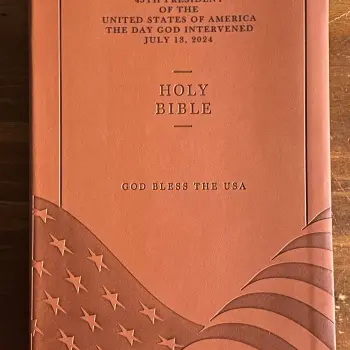[For an explanation of these 18 posts, see Part 1 published on 3/27/2019.]
 Illegal Immigration on the U.S.-Mexico Border
Illegal Immigration on the U.S.-Mexico Border
I live in the arid Sonora Desert of the State of Arizona in the southwestern USA. Arizona is one of four states on the U.S.-Mexico border, which stretches nearly 2,000 miles. The other three states are California, New Mexico, and Texas. For nearly forty years, I lived in Texas. From the Gulf of Mexico this U.S.-Mexico border extends west to the Pacific Ocean, thus sea-to-sea. It is a very porous border since it goes through what is mostly very hot desert, at least in the summer, which has little population.
Since the 9/11 terrorist attacks on the U.S., in 2001, illegal immigration has become a prime concern for many Americans and their governing officials, both federal and some states. Every year, hundreds of thousands of people from Mexico, but also Central and South America, try to illegally cross the U.S.-Mexico border to enter the U.S. Most of these “illegals” seek better jobs in the U.S. than they can get in their homelands that have high unemployment. But some of these illegals cross this border into the U.S. in order to commit crimes that mostly involve drug smuggling and human smuggling.
This problem of illegal immigration into the U.S. across its southwestern border has existed for decades. This failure to enforce existing laws and pass more stringent ones has resulted in about twelve million illegal immigrants now living in the U.S. Almost all of them came here by crossing the U.S.-Mexico border and then having children. Both California and Texas strengthened their border patrols and instituted other means to slow the flow of these illegals across their southern borders. These border-tightening measures have now caused more illegals to get through the Arizona-Mexico border.
There are many facets to this problem of illegal immigration into the U.S. along its southwestern border. Critics of illegal immigration argue it increases competition in the international, hard-labor workforce and thus reduces jobs and wages for Americans. Also, these illegals do not pay taxes while unjustly receiving medical and other government benefits.
On the other hand, many Americans advocate for less stringent immigration laws. Some U.S. business employers claim such immigrants are needed to perform low-paying jobs that few Americans will do. Another such advocate is the Catholic Church. Pope Francis visited Mexico for six days in mid-February, 2016. In a press conference on his return flight to Rome, he expressed his opinion about billionaire Donald Trump who was campaigning for the Republican nomination for president and proposing that the U.S. build a wall along the U.S.-Mexico border and get Mexico to pay for it. The pope said, “A person who thinks only of building walls, wherever they may be, and not building bridges, is not Christian.” Ouch! Only hours prior, the pope had celebrated an outdoor Mass on the U.S.-Mexico border at Ciudad Juarez, Mexico, across from El Paso, Texas, with 200,000 people attending. For many Americans, many of them being Christians, despite their viewpoint about the wall, that remark by Pope Francis didn’t set well.
But since 9/11, the biggest U.S. worry about rampant illegal immigration across its southwestern border is that terrorists may be getting through with them. Intelligence authorities claim it is happening and that these terrorists are establishing cells in the U.S. from which to plan attacks on the nation. They say the U.S. has been fortunate that since 2001 it has survived without another huge terrorist attack. They cite this statistic to support their assertion that the U.S. has become better prepared in preventing terrorism.












